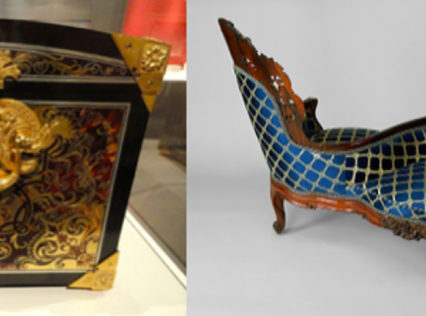Finding Fakes and Forgeries in High Art
In 1496, twenty year old Michelangelo forged a sculpture of Cupid and sold it to a cardinal. In 1995, the British authorities arrested John Mayatt for forging paintings by van Gogh, Monet, Matisse and other blue-chip artists. In 2016, the principals of Knoedler Gallery in New York settled a lawsuit out of court that accused them of selling fakes of works by Jackson Pollack and Willem de Kooning.
Fakes and forgeries are big business. The series we launch today takes you into world of deception. In this and coming blogs you will come to understand why forgeries exist. You will discover that during heightened periods of art, copying was considered an artistic tribute. You will learn why and how some of the wealthiest art patrons that have been duped. You will discover how the FBI and Interpol work together to stop the sale of fakes and forgeries. And, what happens when the Appraisal Group discovers a fake in a collection.

One of the greatest hoaxes of the 20th century occurred when the highly talented artist Han van Meegeren (1889-1947) copied a painting entitled “Christ and His Disciples at Emmaus”, presumed to have been painted by Johnnes Vermeer. The copy was so good, so well aged, that it was authenticated and purchased by the Boijmans Museum in Rotterdam. That was 1938.
Han van Meegeren was active at a time when wealthy Dutch art patrons were buying up great art to save it from being appropriated by the Nazis. Believing van Meegeren’s forgeries to be real, they added them to their collections and hid the collections away. A fake “Vermeer” ended up in Hermann Göring’s collection. After the war, the forgery was discovered in Göring’s possession, and van Meegeren was arrested in 1945. He was charged with collaboration because officials believed he had sold Dutch cultural property to the Nazis. This would have been an act of treason worthy of the death penalty. Van Meegeren confessed to the less serious charge of forgery. He was convicted of fraud charges in November 1947 and sentenced to a year in prison. He died after two heart attacks just a month after being sentenced.

Editor’s Note: Todays featured image is of forger Han van Meegeren demonstrating his techniques to authorities.







 Dec 17, 2022
Dec 17, 2022 






